The British Shorthair is a very popular cat breed lately. It is impossible to remain indifferent to its representatives: they look like lively plush toys and amaze with a clever look.
Breed history
The homeland of the cats - England - is forever enshrined in the name of the breed. Experiments in breeding fluffy beauties began in the mid-19th century. Cross-breeding involved Persian cats and ordinary London cats. It should be noted that the latter were found not in elite living rooms, but on the outskirts of the city, in parks. Official recognition of the new breed took place in 1898. Further breeding work was quiet, and only in 1982 was the standard of this breed officially approved at world level. The unusual cats were really appreciated in the beginning of the 21st century, and for the last two decades the breed has been experiencing a new upsurge of breeding.
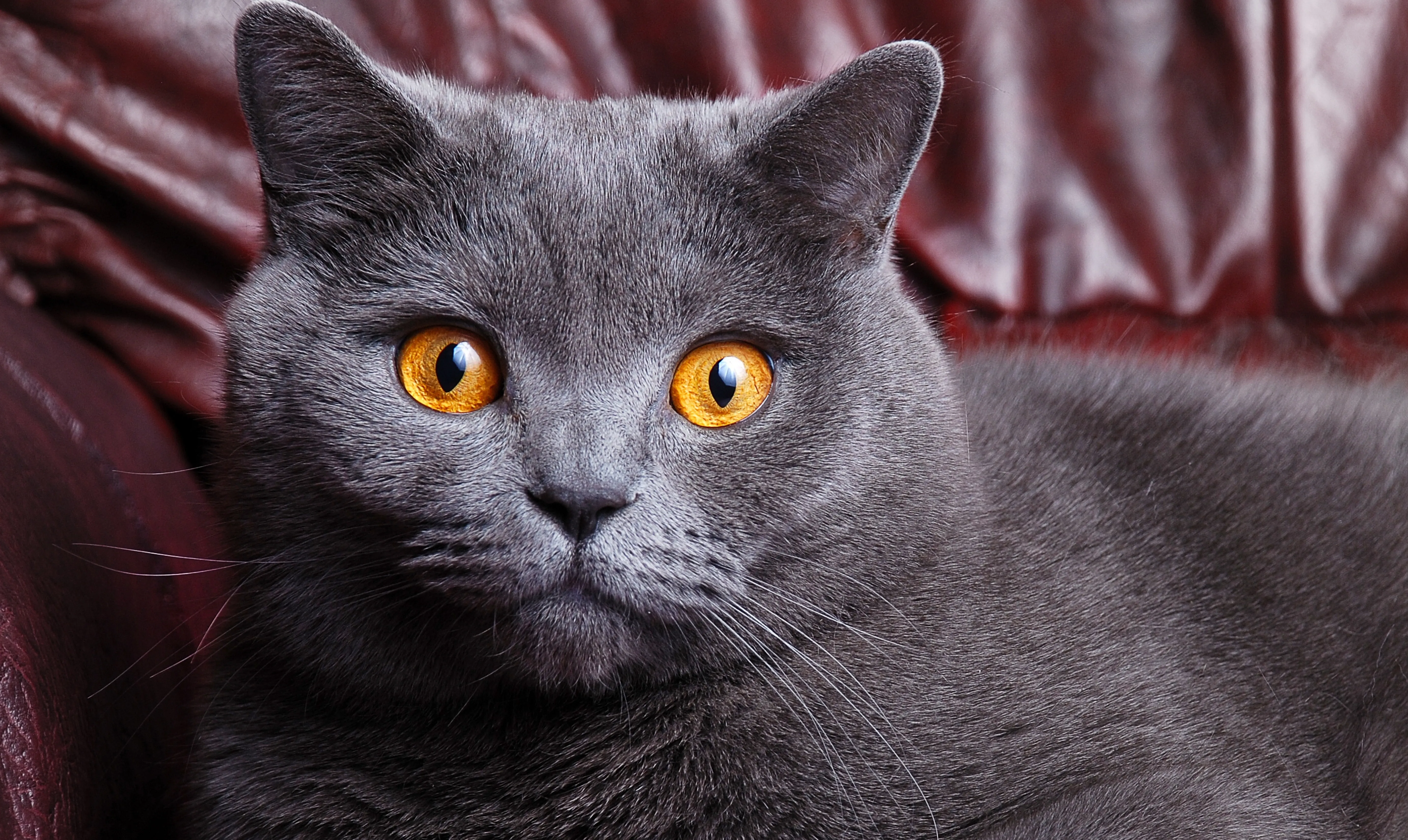
Genuine Brits: powerful body and baby smile
British short-haired cats are massive and even clumsy in appearance: males weigh up to 12 kg, females up to 8 kg. The “average” weight of the breed is 4 to 8 kg. Cats are powerful, muscular, with a broad chest and heavy paws. Big round head rests on short thick neck. The nose of the breed is noticeably different from the usual cat’s noses: it is short and has a small depression at the bridge of the nose. The interesting line of the mouth, combined with the weighty cheeks, gives the impression that the cat is smiling all the time. The famous English writer Lewis Carroll, creating the literary masterpiece “Alice in Wonderland”, used the British short-haired cat for the image of the Cheshire cat.
It is easy to distinguish a purebred British cat by its hair: it is very thick, dense and short. You can tell that the cat has a real plush coat. To the touch the coat is soft and silky. Rough, heterogeneous, as well as long coat is a sign of uncleanness of the breed.
Ears are prickly, an expression that applies to this breed. The ears are large, set wide and their size is proportional to the head.
Eyes change color with age: the norm for kittens - blue, for adults - yellow-orange. Owners of cats note the serious, wise expression of the eyes of their pets.
Looks of British cats are deceptive: bulky cats are actually surprisingly graceful, artistic and agile. They don’t tear down flowerpots, confidently maneuver between children’s toys and delight with lightning-fast reactions.
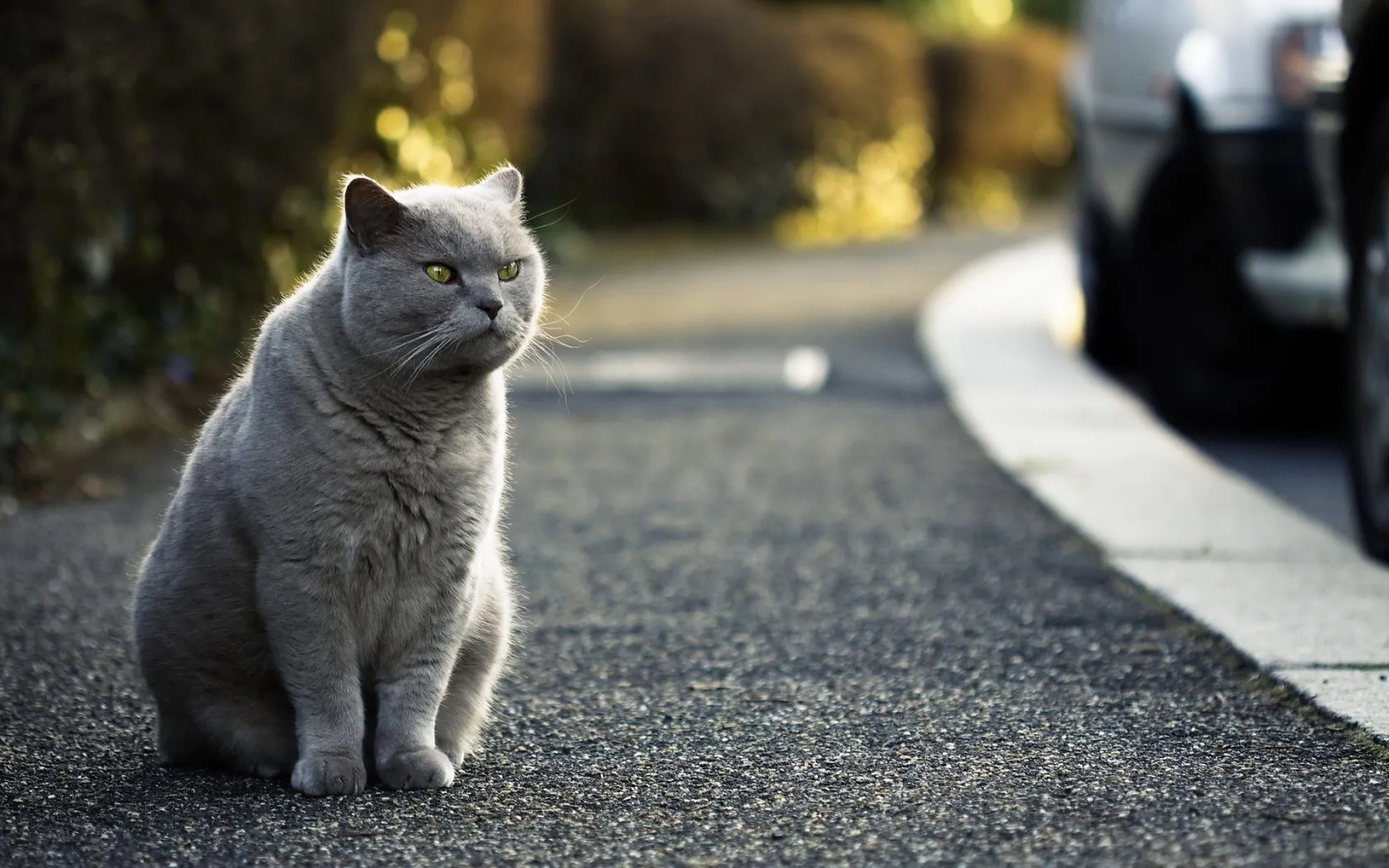
Variety of colors
The coat of the classic British cat is gray-blue in color: the darker shade is referred to as “blue” in the pedigree, the lighter shade as “mauve”.
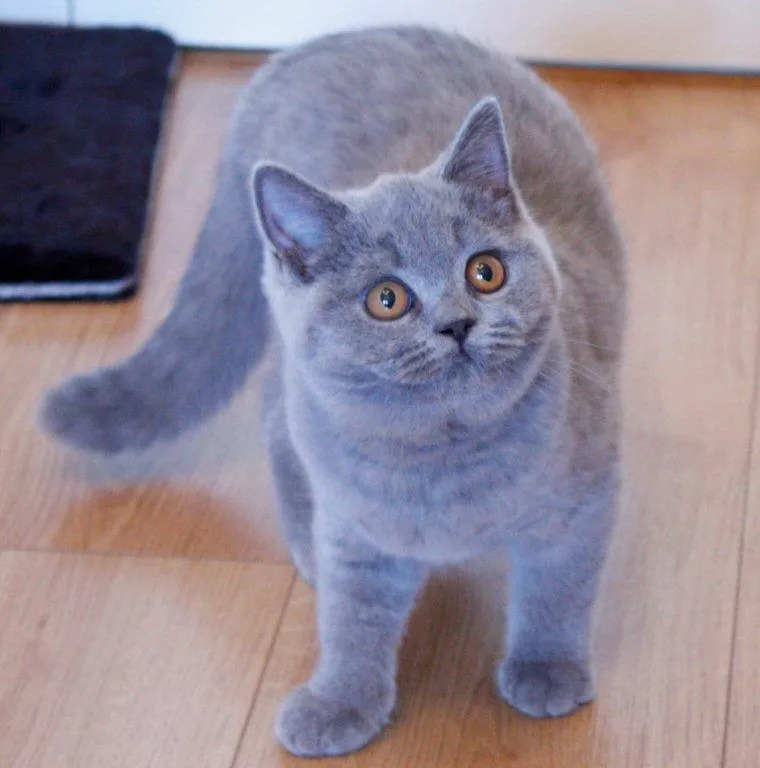
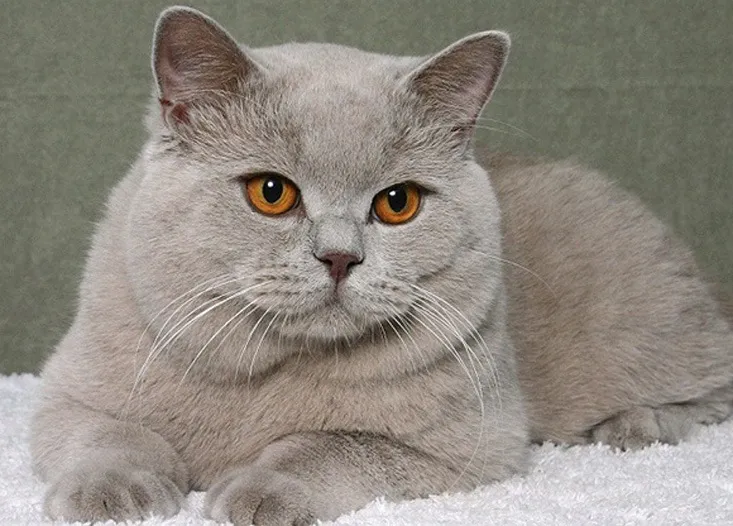
It used to be that only animals of this color were allowed to participate in shows. Active breeding efforts led to a huge variety of colors, so cats of cream, smoky, tortoiseshell, black, white, and spotted colors are now the norm.
All colors are officially recognized.
Wonderful character
Pets live up to their pedigree. The British girl is an aristocrat in the full sense of the word. She is very calm, friendly, absolutely not aggressive and reserved. The cat does not impose its society on its owners and demands the same behavior from them.
British Cat tolerates the absence of close people well, so it is quite suitable for busy working people. Do not accuse her of selfishness: she looks forward to the arrival of the owners, purrs when they meet her and allows to pet her. However, she does not welcome a long hug and rough squeezing.
British Shorthair cats do not need training at all. They are naturally intelligent and delicate. It’s enough to show them the litter box and the cat’s canteen once and they won’t have any more problems. Shitting in corners and stealing food from the kitchen table? A Brit would never stoop to that.
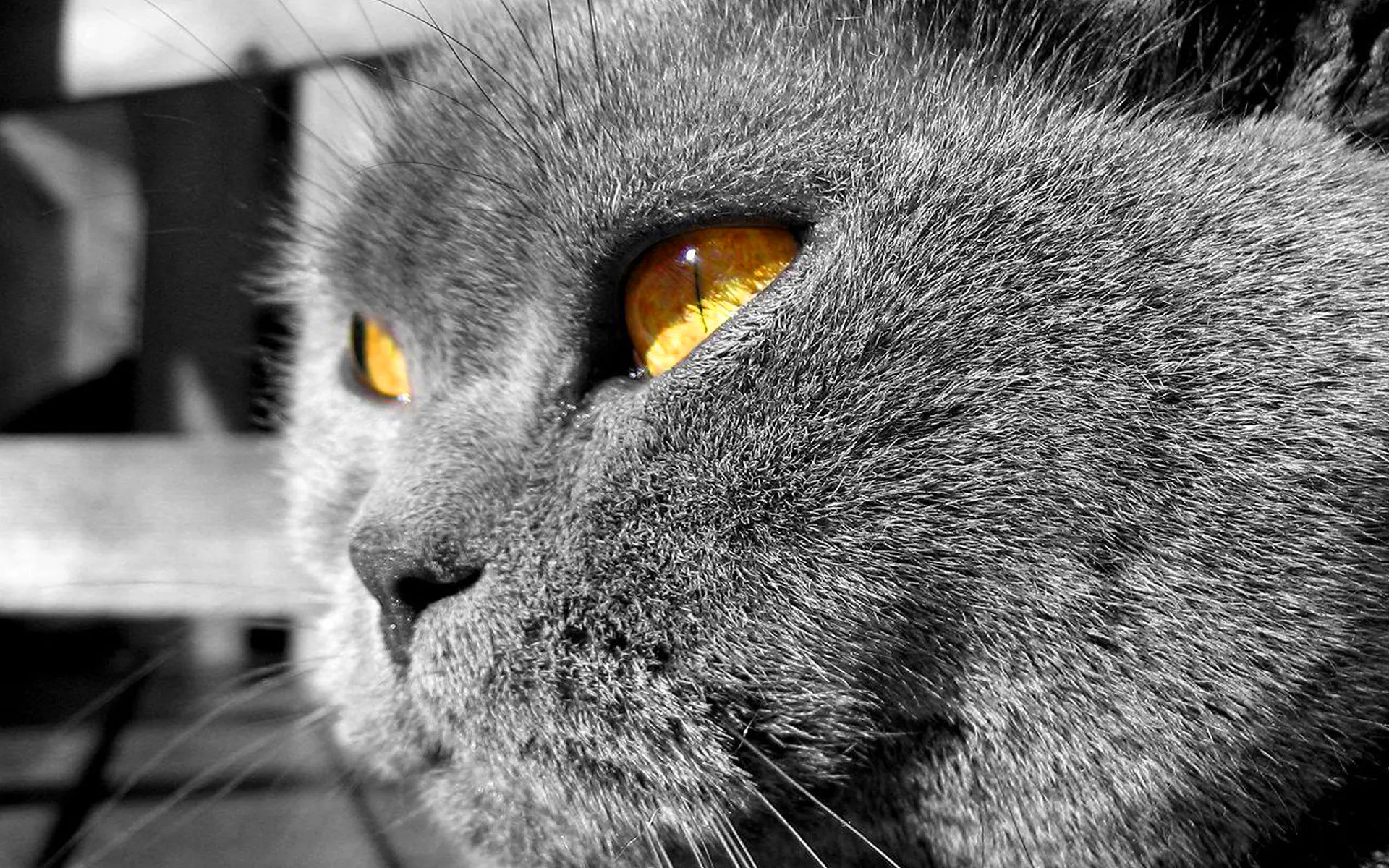
Advantages of the breed
It is impossible to list all the “pluses” of the British, but we will highlight only the main ones:
- Bright appearance, unconditional beauty;
- The calm even character;
- Quiet in the house - the cat rarely meows and never cries;
- Can stand loneliness;
- Health benefits: medics proved that it is healthy to pet British coats;
- Easy care: washing once in several months and daily brushing;
- Small spending on food - these animals don’t eat much;
- Nice company for all family members: cats are playful and affectionate;
- Order in the house: representatives of the breed don’t scratch furniture, don’t spoil the wallpaper and don’t break fragile things.
A little about disadvantages
There are almost no disadvantages in breeding Brits, but there are some peculiarities:
- Cats must be kept warm all year round. They do not tolerate draughts at all, get cold quickly and fall ill with temperature changes. Therefore it is recommended to take British cats for walks seldom and very carefully;
- It is impossible to insult these beauties, they defend their honor by all available means. They do not get along well with small children (younger than 7 years).
As a conditional disadvantage we can mention high cost: prices for pedigree Brits do not decrease, but slowly go up.
Adherents of the breed are now becoming more and more numerous. Animal lovers claim that the British Shorthair cat quickly becomes a real full member of the family.